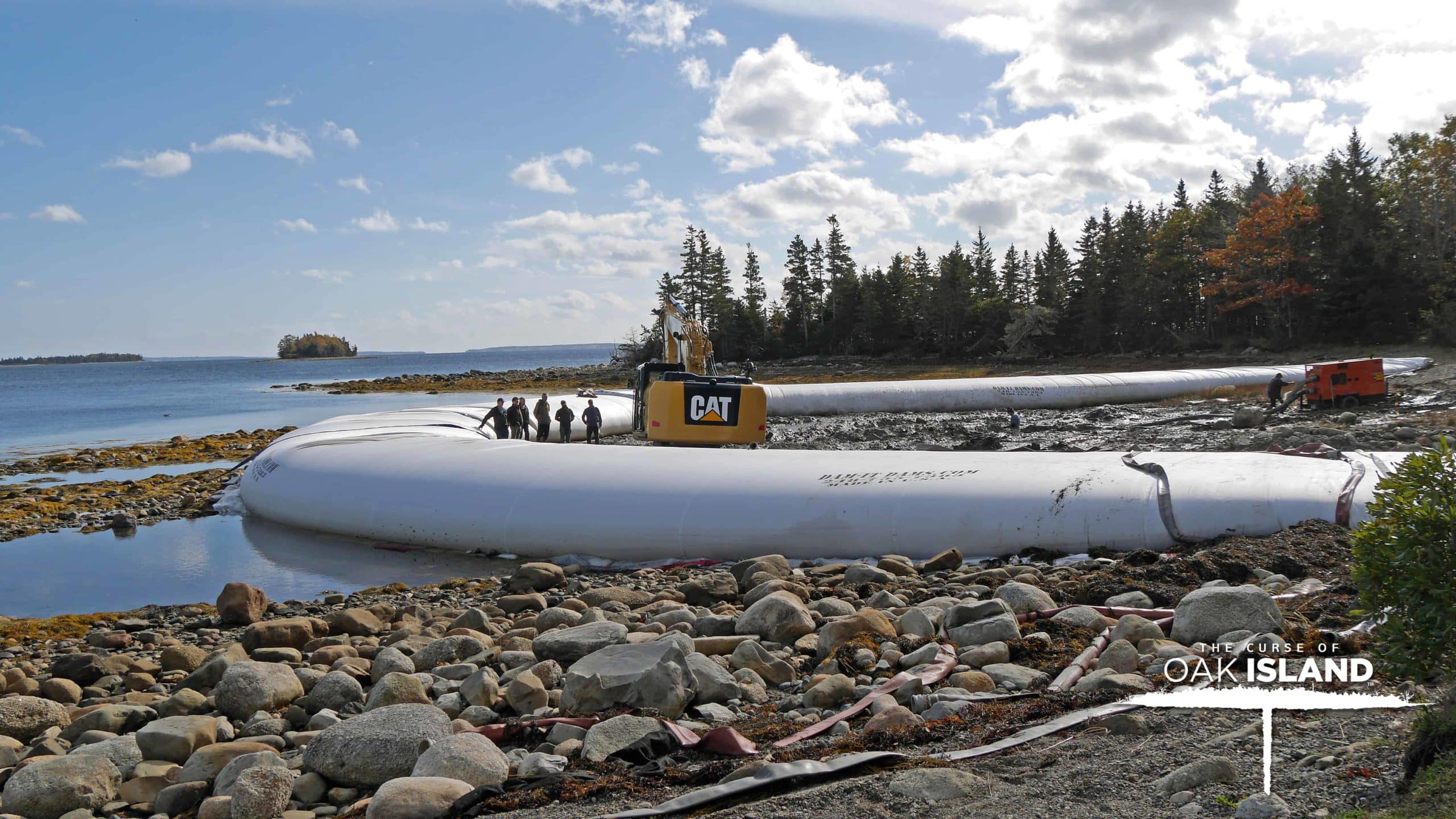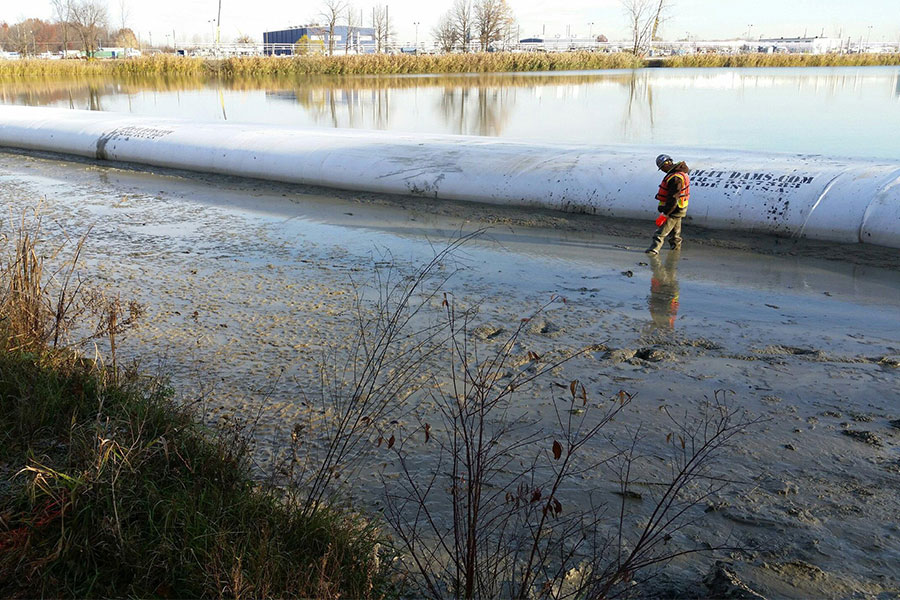Inflatable cofferdams for construction are the most common use for temporary water barriers. However, a temporary cofferdam is more than just a construction tool with many uses. From ecological protection, flooding prevention, and emergency water protection, inflatable cofferdams are as versatile a tool as a drill with a thousand bits. Chief amongst those alternative uses for a cofferdam from Dam-It-Dams is to be used in shoreline restoration operations. How does a cofferdam assist in shoreline and ecological restoration?
What Is Shoreline Restoration?
Before we break down the usage of an inflatable cofferdam, let us answer a simple question. Shoreline restoration is a process in which plants, natural formations, or in this case, human intervention acts as a barrier between the coastline and the waves that batter the land. Over time the moving waters of the tide will erode sand, rock, and structures along the shore of coastal areas, exposing or sinking the earth beneath. It can lead to a loss of usable land, destruction of beaches, and possible loss of life from unstable structural foundations.
What Is A Cofferdam?
For the uninitiated, a cofferdam is any structure that temporarily blocks water, creating a dry work area for construction or other building operations. Inflatable cofferdams replace traditional steel, wood, or concrete materials by using a flexible geotextile material that inflates to create a heavy, solid, and impermeable barrier. The benefits of an inflatable cofferdam, versus a more permanent structure, is that it can be set up and taken down quickly along with a minimal footprint on the environment, meaning once you remove a temporary cofferdam, there is little evidence it was ever there.
How Inflatable Cofferdams Can Be Used For Shoreline Restoration
There are several benefits to using an inflatable cofferdam to slow, stop, or reverse coastal erosion. Some of the primary uses include the following:
- Fast Setup – Quick setup and take down allow for seasonal damming of tidal waters without a permanent structure that can hinder or harm migrating wildlife.
- Safety – Temporary cofferdams can keep work areas safe, removing water and allowing for erosion construction work or repairing existing structures without worrying about rising tides and possible water-related injuries or deaths.
- Plant Protection – When sowing plants for shoreline matting, a technique that uses plant life to act as a natural barrier, a cofferdam can protect young seedlings and give them time to set root. Then, once the plants are mature, the cofferdam can be removed, restoring peace to a shaken ecosystem.
- Minimal Environmental Impact – Inflatable cofferdams leave behind little to no damage to the surrounding area. Sandbags, in contrast, are difficult to set up and take down, with significant risk to the local ecosystem due to introducing foreign material to the area. For the most eco-friendly option, consider an inflatable cofferdam.
There are many other uses for cofferdams, so we can’t go over them all here. However, for shoreline restoration, inflatable cofferdams are easily the best option over any other water-intrusion protection method. Whether you are doing emergency actions or a long-term planned project, a cofferdam from Dam-It-Dams protects you, your crew, and the land around you. For short-term projects, you can rent a cofferdam or outright purchase one to assist in numerous projects over the dam’s lifetime.
Dam-It-Dams Is Your Home For Inflatable Cofferdams
We have all you need and are your one-stop shop for all your damming needs. Call our team today at 810-695-1695 to schedule your no-obligation consultation to find out how an inflatable cofferdam can be used in your shoreline restoration options.


